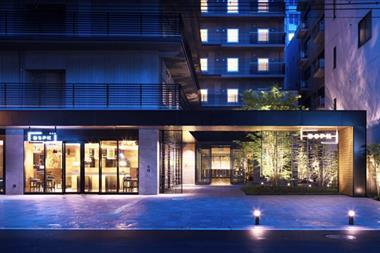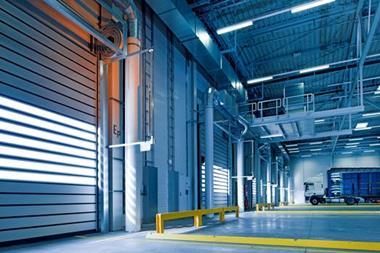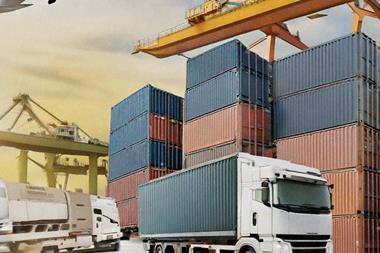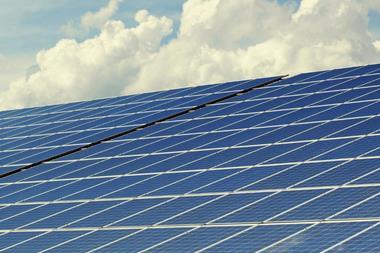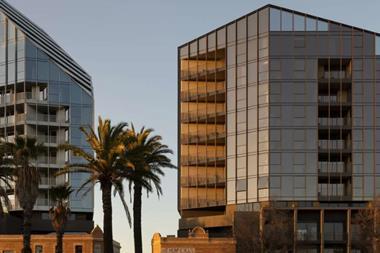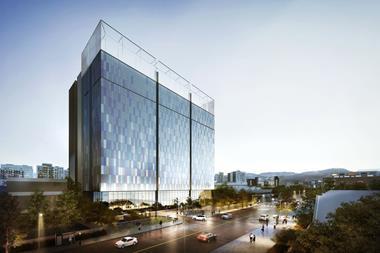Over the past year, Gerald Gaige has seen the Russian market continue to surge but he highlights considerable risks borne of the inexperience of local market players
From the world outside Russia, the single most common perception is a place of unknown risk, the ‘wild east'. This perception has changed now to one of a market with great potential, but also with difficult barriers to entry. For those many global-scale investors that have taken a closer look in the past few years, many of whom have joined the market, it has become apparent that most of the perceived risk comes from their own lack of familiarity, and outdated and false impressions. Old perceptions have included:
Although these issues may have been more or less valid in the early years of Russia's nascent real estate market, things have changed. All of these factors are now regarded as manageable by many investors, resulting in the flow of billions of equity and debt each year into the real estate market in Russia.
So changes of investment conditions have improved the prospects for real estate in Russia, but change in the market itself has been even more pervasive - and now creates the greatest impact on investment plans.
Participants in the commercial real estate market of Russia have experienced only one type of consistent condition since 1998 - and they have become accustomed to it. The seductive condition is continuous positive rises of income and value of all property types. This comes from the basic imbalance of strong and growing demand over insufficient supply in the country's commercial real estate stock. Consistently strengthening demand for all types of commercial property, after Russia's reorienting financial adjustment of 1998, comes from the expanding economy and extends to virtually all markets of the country.
But 10 years of only positive change is a long time, and the result is a whole generation of domestic market players who have never seen a downturn. Lenders, developers, builders, analysts, even appraisers in the Russian market have never observed an excess of supply over demand, and it is natural for them to believe that it will not happen. After all, in their minds, Russia is ‘different' from the rest of the world in almost all ways.
This belief - or feeling of overconfidence - can lead to some bad decisions being taken that complicate the real estate market. Examples now appearing in the market include:
Projects based on minimal or no market research or feasibility analysis;n Appraised values based on unsupported assumptions about high occupancy levels and constant increases in future rents and exit values; Projects of increasing size planned to fit the maximum obtainable land area without regard to the impact on financial performance of the volume of potentially competing space.Globally experienced investors and developers operating in Russia - who have survived downturns in markets, and tend to operate more carefully - find that one of their biggest problems is stupid competitors - those competitors who pay too much for land parcels and bid up construction costs to alarming levels. They may create new projects more on the ‘build it and they will come' principle than on any reasoned analysis of the market supporting absorption of the new space at profitable levels.
Such economically irrational behaviour comes from both established developers and the new inexperienced entrants to the development field.
Existing developers are influenced because they have no view or experience other than upward; and new operators because most come from other industries with more money than they know what to do with. Neither has managed a business through a reversal when supply exceeded demand.
So the new perceived risks for investment in Russian commercial real estate come from the participants of the market itself. Examples of developing risks include:
For the less developed, but increasingly popular, regional city markets outside of Moscow and St Petersburg, the following risks are added to an even greater degree.
The regional cities of Russia have wide differences in why they exist and what it is that drives their economy. Thus they have widely different needs for types and respective volumes of real estate. Some have high needs for industrial and manufacturing space, and little need for hotels. Others have a great capacity to support new retail, but little need for office. The proper measurement and assessment of these needs is particularly important to be sure your project is not the first one with the unneeded excess space.
Although the rapid and unpredictable ‘change' that occurred during the first 10 years of development of the Russian real estate market created a perception of high risk, it is the ‘no change' of the past 10 years of upward trend in demand and prices that creates the current risk factors. The potential for less than rational behaviour of competitors (both equity and debt) provides an unstable environment that keeps all players on edge.
The difficulty of assessing market viability for a particular project adds to the challenges, and drives investors to more deep due diligence analysis and to advisors with the most direct experience in the Russian market. So although rapid change can create uncomfortable conditions for real estate investors, sometimes the long and unchanged trend upward can also cause uncertainty and distress.
The key to being successful in the Russian market, as is the case in any real estate market, remains to be fully present and committed in the market, study pertinent factors closely for their impact on the performance of the project, and to act within your own limits for best results.
Gerald Gaige is partner, Real Estate Advisory Services Practice in Russia and the CIS countries for Ernst &Young





